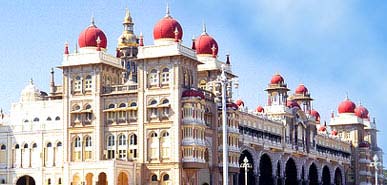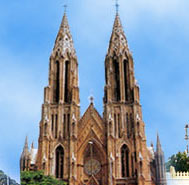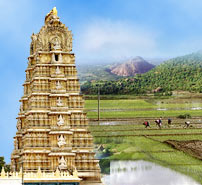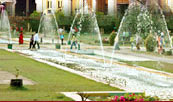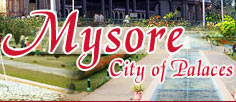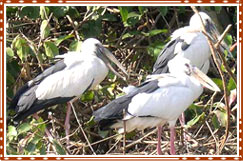 Another
place that one should visit while on a trip to Srirangapatnam is the
Ranganathittu Bird Sanctuary. Ranganathittu is about 18km form Mysore
and is home to some of the most exotic birds. It is a group of small
islands in the Cauvery River.
Another
place that one should visit while on a trip to Srirangapatnam is the
Ranganathittu Bird Sanctuary. Ranganathittu is about 18km form Mysore
and is home to some of the most exotic birds. It is a group of small
islands in the Cauvery River.Ranganthittu was formed as a result of a small dam across the river Cauvery in the 1600s. The Bird Sanctuary at Ranganathittu owes its existence to the world famous ornithologist Dr. Salim Ali who convinced the Maharaja of Mysore in 1940 to declare Ranganthittu as a protected area. The sanctuary is not very large it covers an area of 0.67sq.km. But is home to a great variety of birds and a few reptiles. It is said that the sanctuary is a sight to behold during the nesting season of the birds from June to November. The sanctuary is home to a wide species of birds including cormorants, darters, white ibis, spoon billed storks, open billed storks, painted storks, white necked storks, egrets, herons, terns, swallows, kingfishers, sandpiper etc. There are a few mammals in the sanctuary like fruit bats, bonnet macaques, palm civets, common mongoose and common otters. Marsh crocodiles make up the reptile population of the sanctuary.
The sight of fruit bats, crocodiles and birds flying around is a beautiful sight to watch. You can take a boat ride around the sanctuary and get a closer look at the birds and the crocodiles. The entrance of the park has huge bamboo surrounding the winding path. On both sides of the path are boards with pictures and information about the different birds that are found in the sanctuary. There is a small canteen situated near the lake made in a clearing between the bamboos. The best season to visit the sanctuary is May-September and October. If you are a nature enthusiast it is best to visit the sanctuary in the early hours of the morning before the sanctuary gets crowded with visitors.
